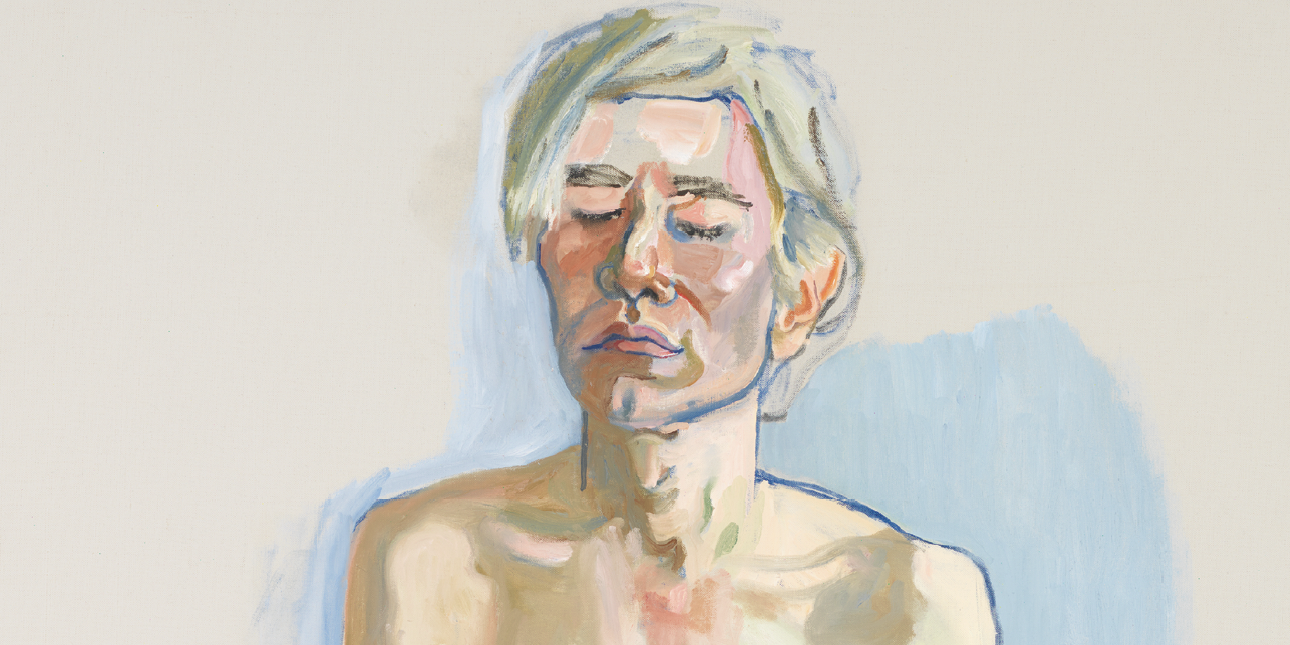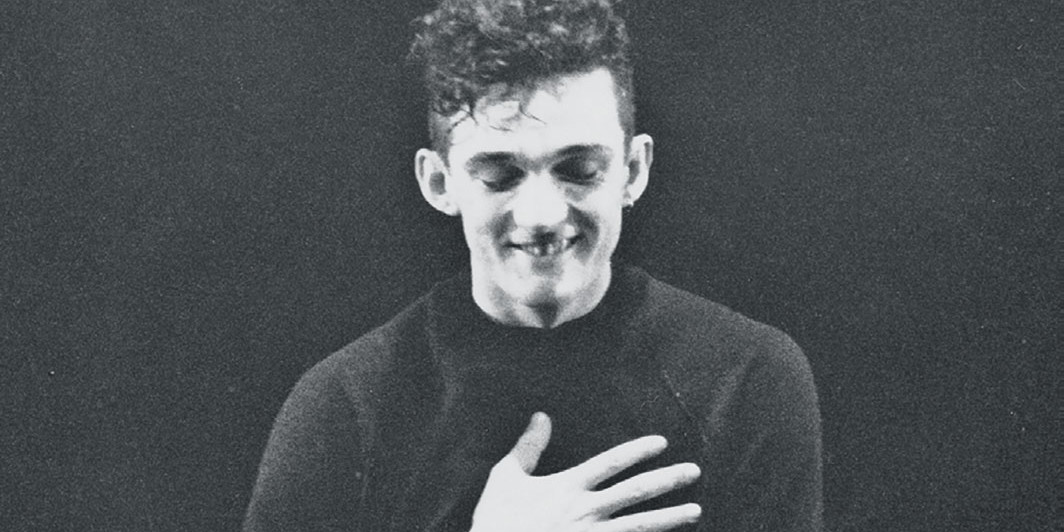Cutting Up
In 1988, Valerie Solanas, the author of the 1967 female-supremacist pamphlet SCUM Manifesto, died from pneumonia at the age of fifty-two, in a single-occupancy hotel room in San Francisco. The decomposing body of the visionary writer, who famously set forth her plans “to overthrow the government, eliminate the money system, institute complete automation and destroy the male sex,” was discovered kneeling, as though in prayer, slumped over the side of the bed. The image lends itself to hagiographic depictions of Solanas—as a fallen soldier, a suffering genius, a latter-day entrant into the












